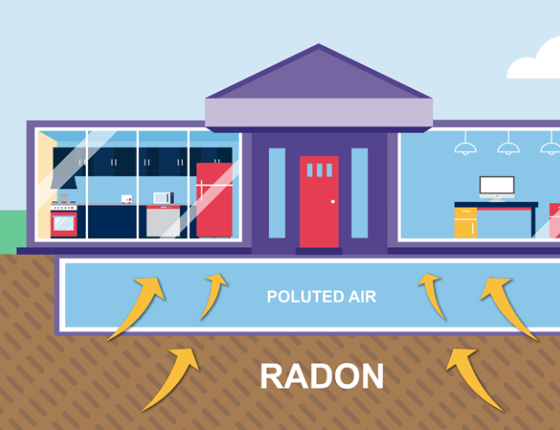Protect Your Home from Radon
Radon is an odorless, colorless gas that could be present in your home. Learn how to test your home for radon and fix the problem if present.
So, what is radon?
Radon is an odorless, colorless gas that comes up from the earth and can seep into your home. Certain features of Minnesota’s geology mean that radon continuously comes up from the ground. Due to this 1 in 3 Minnesota homes have higher-than-normal levels of radon. It is very important to test your home for radon and fix the problem if you find it because exposure to radon is the leading cause of lung cancer among non-smokers nationally.
Radon testing is important for both older and recently constructed homes, particularly those located in an area known for high radon levels. Luckily, it’s easy to test your home’s radon level, and fairly inexpensive to fix a radon problem if you have one. To test your home for radon:
-
Order a test kit online or purchase it from your local home improvement store — this shouldn’t cost more than $25.
-
Follow the instructions on the kit and let the test sit in your home for 3–7 days.
-
Send it in for laboratory testing.
To determine if there is a problem
Radon isn’t regulated in Minnesota, so it is up to you to decide if your home’s radon level is high enough to fix. The recommended action level is at or above 4.0 pCi/L.
How much does it cost to fix?
If you do decide that the radon level in your home is unacceptable, contact a radon contactor/ mitigation service provider to help you take action. Radon mitigation systems typically cost $1,000 to $1,500.
Outside Resources

